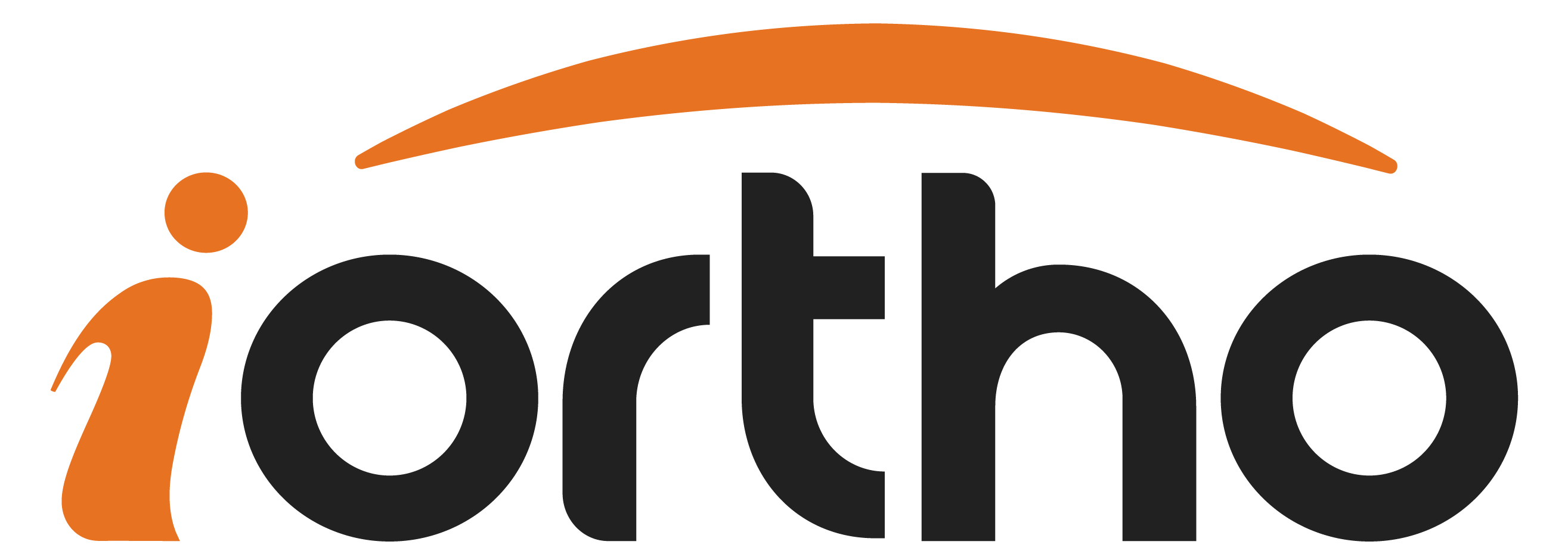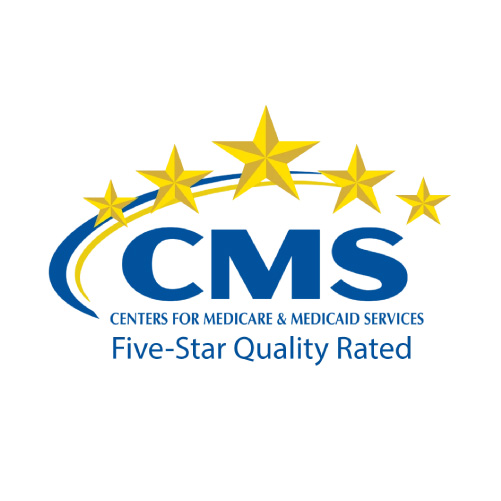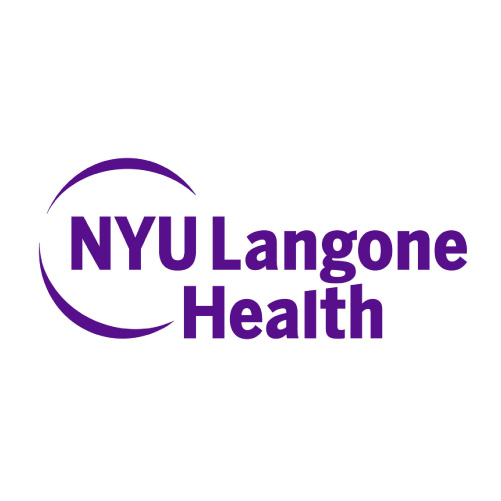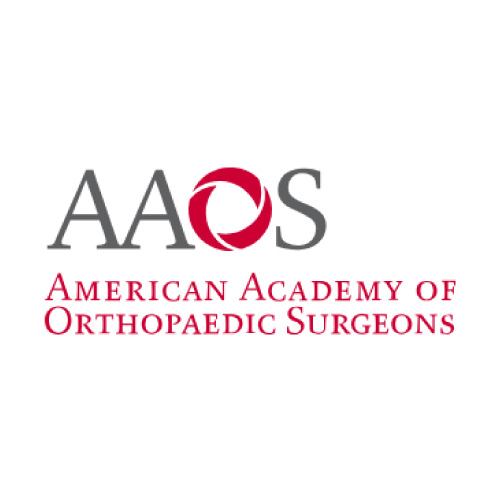Spine Care You Can Trust
Why Choose iOrtho?
- Ranked #3 US News World Report Spine Surgery
- CMS Highest Rating for Quality and Safety
- Fellowship Trained, NYU Faculty, Board Certified Spine Surgeon
- Comprehensive Musculoskeletal Healthcare Facility
Ranked #3 Nationwide and #2 on the East Coast for Orthopedics & Spine Surgery
When considering spine surgery, choosing the right practice is crucial for ensuring the best possible outcome. iOrtho is partnered with NYU Langone, which is recognized as one of the top orthopedic and spine surgery centers by U.S. News & World Report. In the latest 2024 rankings, NYU Langone’s Department of Orthopedic Surgery has risen to #3 in the nation, up from #4 in previous years, with an impressive overall score just 1.8 points behind Mayo Clinic. U.S. News & World Report evaluated 1,681 orthopedic specialty hospitals nationwide, and NYU Langone stands out alongside Mayo Clinic and Hospital for Special Surgery.
NYU Langone has also received the highest rating for quality and safety from the Centers for Medicare & Medicaid Services (CMS), a distinction shared by only one other hospital in New York. By choosing iOrtho for your spine surgery, you are opting for a practice that excels in patient care, safety, and outcomes. Our dedication to excellence ensures you receive the best treatment and support throughout your surgical journey. Choose iOrtho and NYU Langone for the highest rated and highest quality orthopedic care.
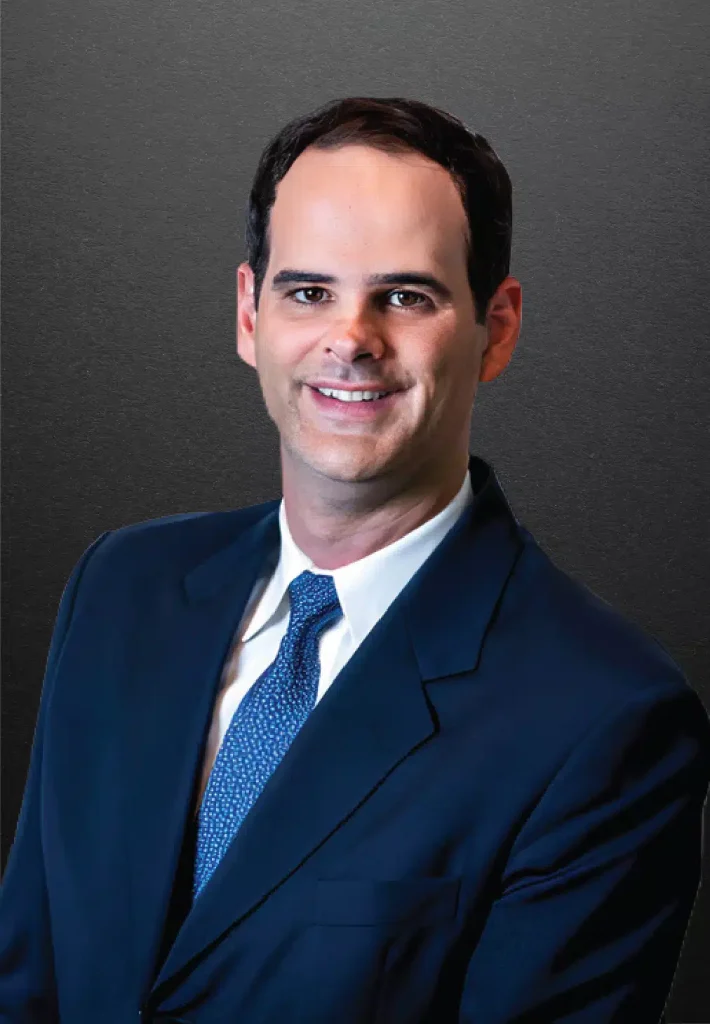
Dr. Martin Quirno, MD
- Diplomate, American Board of Orthopedic Surgery
- Fellow, American Academy of Orthopedic Surgeons
- Faculty, NYU Langone School of Medicine, NY, NY
- Fellow, Rush Medical Center, Chicago, IL
- Research, NYU Hospital For Joint Disease, NY, NY
- Residence, NYU Medical Center, NY, NY
- intern, CEMIC Medical Center, Buenos Aries, Ag
- CEMIC Medical Center, MD, Buenos Aries, Ag
Dr. Quirno is a board-certified, fellowship-trained spine surgeon with a faculty appointment at the New York University School of Medicine. Board certification is a significant credential that ensures the physician has met rigorous standards through extensive education, training, and evaluation, reflecting a high level of expertise and commitment to quality patient care. Dr. Quirno has successfully performed thousands of procedures, utilizing the latest technology for minimally invasive precision and safety.
IOrtho is the only comprehensive musculoskeletal healthcare facility on Staten Island. Our facility provides a wide range of high-quality services, earning hundreds of 5-star Google reviews for its excellence in patient care.
Spine Patient Testimonials
Top Rated Treatments
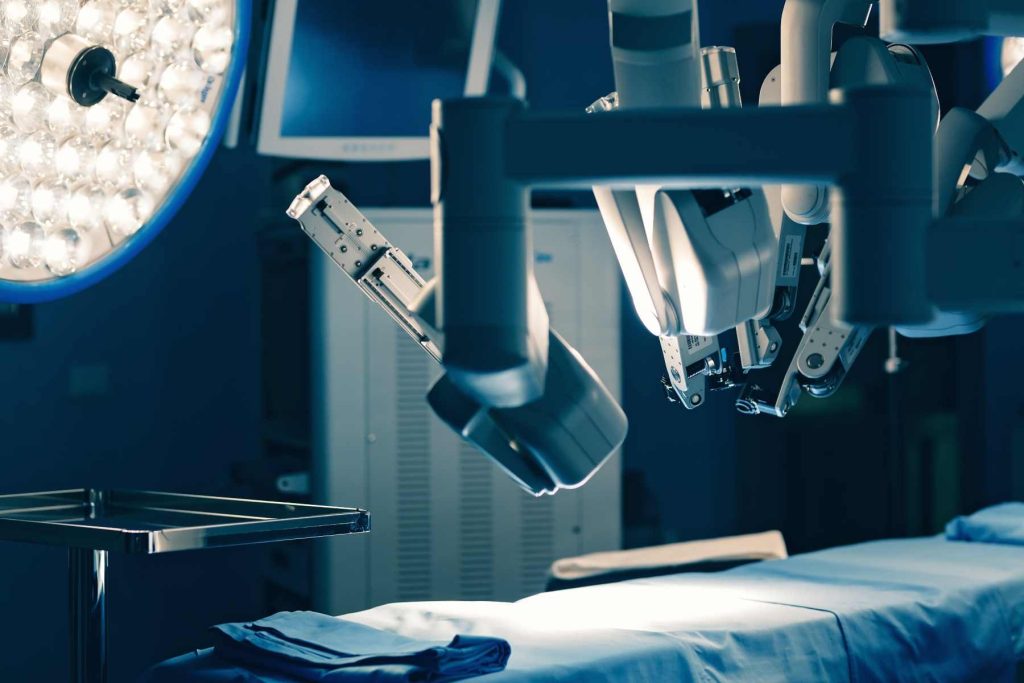
Minimally Invasive Spine Surgery
Minimally invasive robotic surgery offers precision, smaller incisions for faster recovery, reduced pain, and fewer complications. Enhanced visualization helps surgeons achieve better long-term results. Contact iOrtho for a consultation to improve your joint health with this advanced technique.

Artificial Disc Replacement
Artificial Disc Replacement (ADR) is a promising alternative to spinal fusion, preserving natural spinal motion and reducing adjacent segment degeneration. It offers faster recovery and fewer activity restrictions. Consult an iOrtho spine specialist to explore ADR for a more active, pain-free lifestyle.
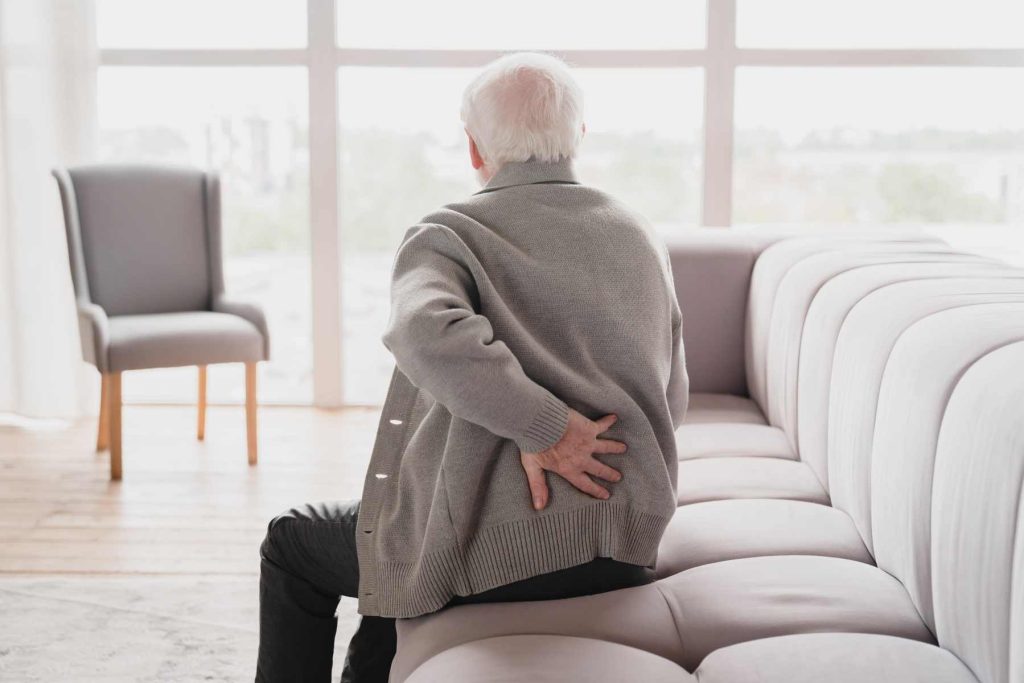
Degenerative Disc Disease
Chronic neck pain is often caused by degenerative disc disease, pinched nerves, whiplash, herniated discs, fibromyalgia, or strain. Infections like throat infections and swollen lymph nodes can also cause neck pain. If neck pain accompanies back pain, it may indicate ankylosing spondylitis, an inflammatory condition.

Disc Herniation
The spine, with its interconnected bones and ligaments, faces daily stress from activities like walking, bending, lifting, and twisting, putting pressure on the gel-like discs between vertebrae. When a disc slips and bulges outward, it can press on spinal nerves, causing pain and inflammation (disc herniation). If physical therapy and medications don’t relieve moderate to severe herniation, a discectomy may be recommended to repair the disc and restore mobility.
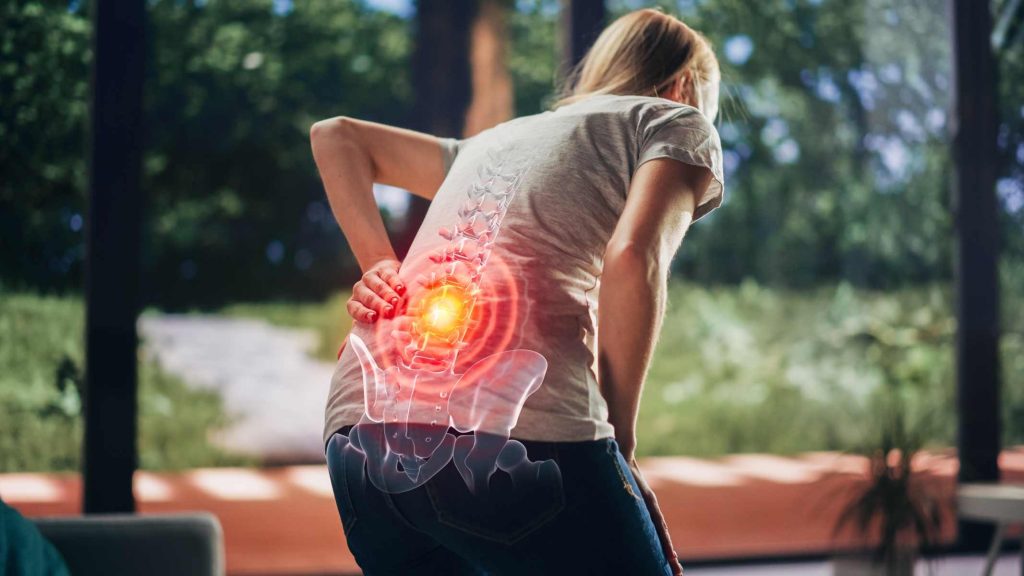
Arthritis
A degenerative disease affecting the lower spine, lumbar spondylosis compromises spine health and function by narrowing intervertebral spaces and compressing spinal nerves. Generally attributed to aging, spondylosis also causes spinal osteoarthritis when it damages thoracic and cervical vertebrae.
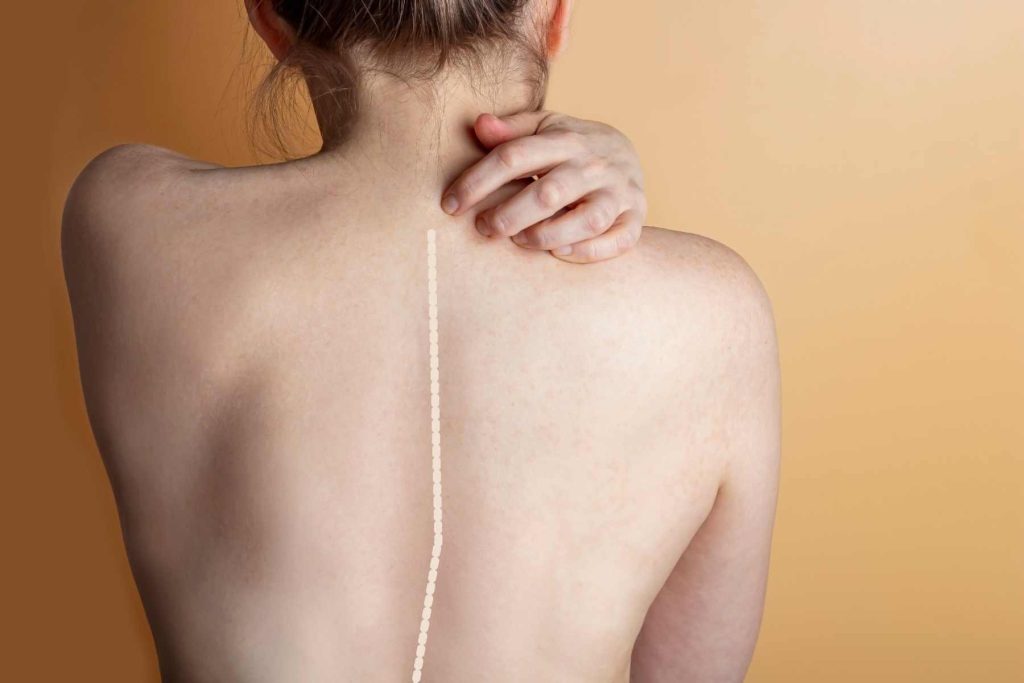
Spinal Stenosis
Spinal Stenosis is the narrowing of the spinal and nerve root canals, causing back and leg pain, especially when walking. Foraminal spinal stenosis may require a foraminotomy to relieve nerve root pressure.
Lumbar spondylosis symptoms include pain, numbness, tingling, and decreased spine flexibility. Advanced cases can lead to spinal cord narrowing, causing neurological issues like unsteady gait and bladder control problems. If you’re uncomfortable, schedule an appointment with iOrtho today.
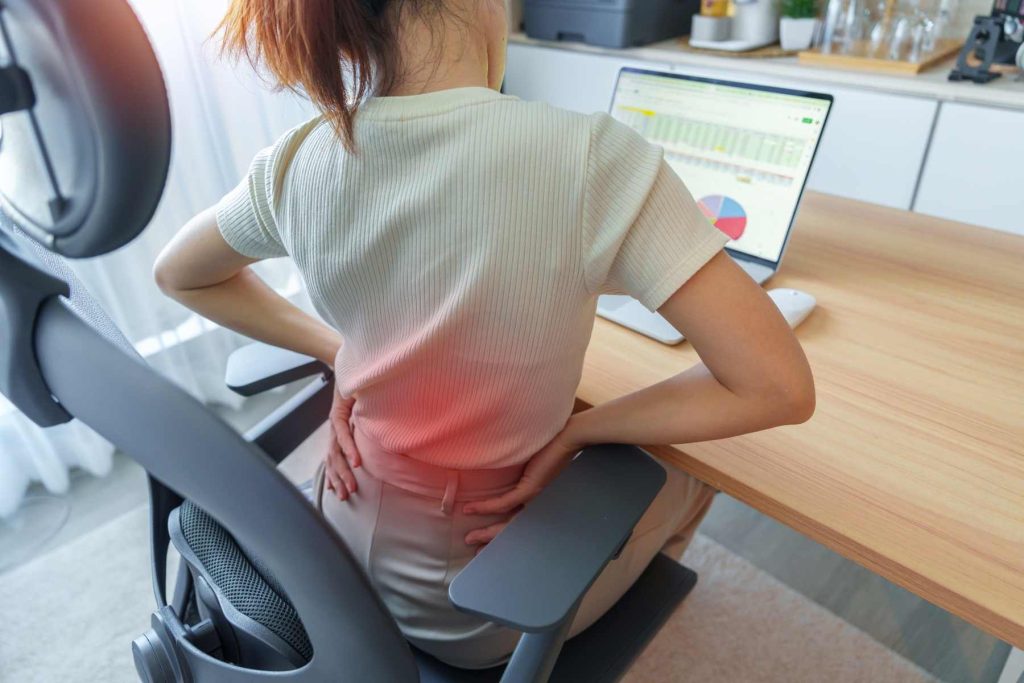
Spondylolisthesis / Spondylolysis
Spondylolisthesis/Spondylolysis involves vertebra weakness or fracture between upper and lower facets. Forward slippage can compress nerve roots, causing pain. If traditional treatments for disc problems haven’t worked and you suffer from debilitating back and leg pain due to protruding, degenerated, or herniated discs, you may qualify for an endoscopic discectomy.
Endoscopic discectomy is a minimally invasive treatment for disc-related issues, involving a tiny incision to reduce tissue damage, discomfort, and recovery time. It allows precise removal of problematic disc material, relieving pain and discomfort. Consult a spine specialist to explore how this approach can improve mobility and reduce pain, offering a faster path to a better quality of life.
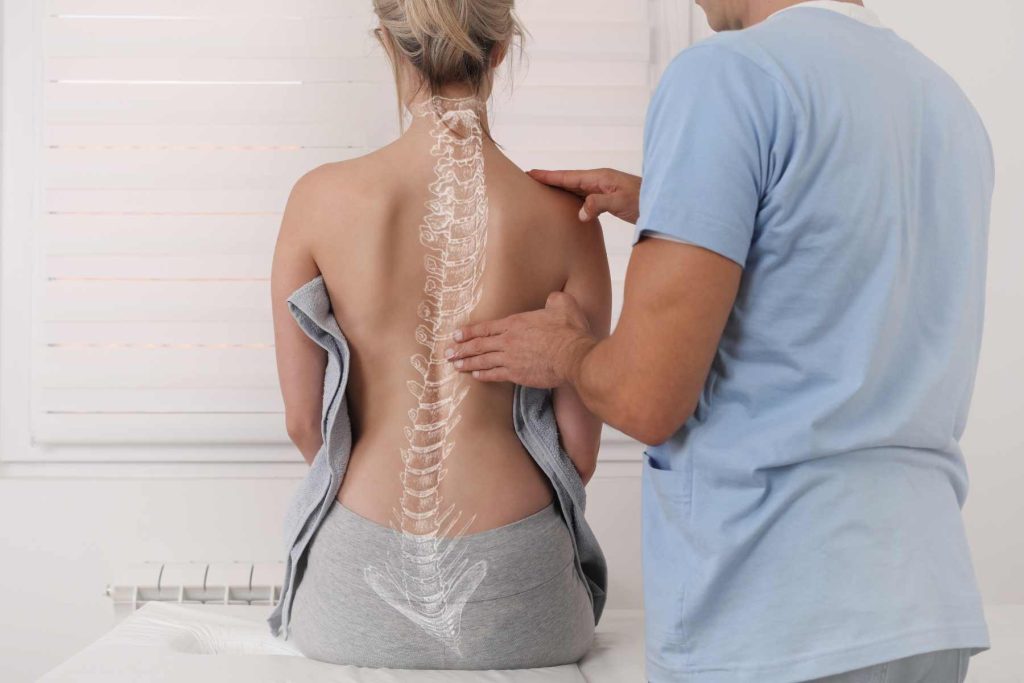
Scoliosis
Scoliosis is an abnormal curvature of the spine, often showing symptoms like uneven shoulders, hip or shoulder height differences, leg length asymmetry, back pain, height loss, and nerve-related issues like pain, numbness, or weakness.
Untreated severe cases can impact overall health, including cardiopulmonary function. Treatments range from bracing and exercise for milder cases to surgical correction for severe or progressive scoliosis.
Endoscopic Rhizotomy
Chronic neck pain is often caused by degenerative disc disease, pinched nerves, whiplash, herniated discs, fibromyalgia, or strain. Infections like throat infections and swollen lymph nodes can also cause neck pain. If neck pain accompanies back pain, it may indicate ankylosing spondylitis, an inflammatory condition.
Endoscopic Discectomy
Endoscopic discectomy is an outpatient minimally invasive spine surgery performed to treat disc problems that cause back and leg pain. A unique feature of this technique is the technology used to access the spine; through a keyhole (8mm) incision, surgery is performed using a specialized WOLF endoscope.
A WOLF endoscope is a specialized, german engineered, device with a tiny camera at the end. The endoscope delivers the surgeon an excellent view of the disc and related structures through this tiny incision. This enhanced view allows the surgeon to select the part of the disc to be removed that is causing your pain.
Instead of cutting through tissues (eg, muscles, ligaments) to access the spine, a dilator will gently separate soft tissue and are graduated in size to enlarge the operative field.
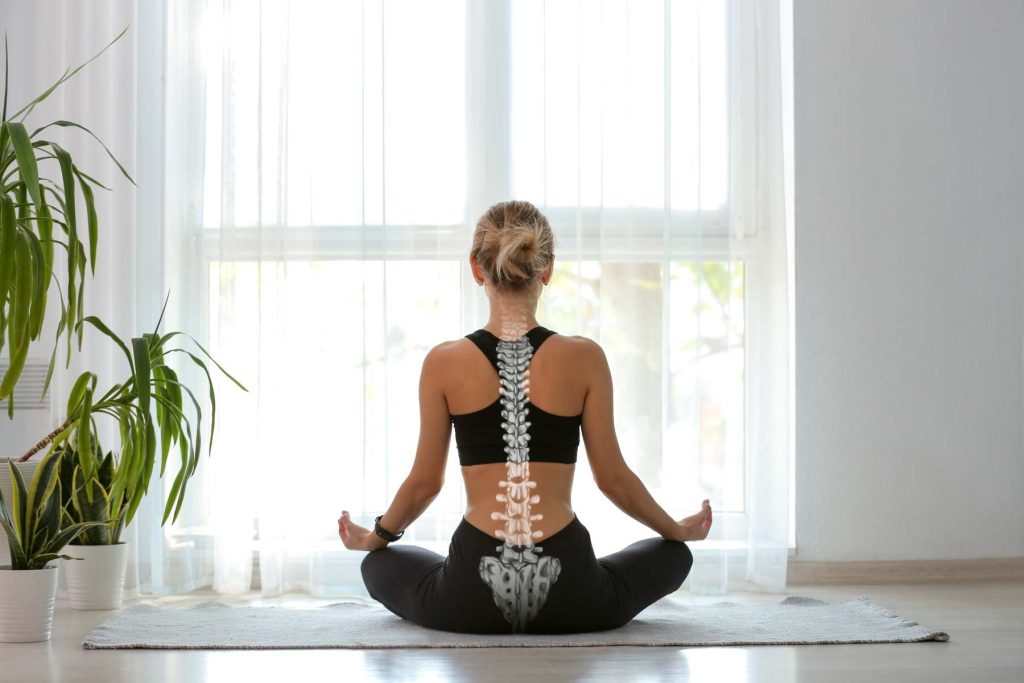
Minimally Invasive Screwles® Spine Surgery
The ScrewLES® Spine surgery solution is a minimally invasive outpatient procedure that combats pain through less than a two inch incision. Inspan is a revolutionary interspinous fixation and interlaminar distraction decompression technique for lumbar spine fusion.
Inspan treats the underlying problem causing pain. It is an implant used in a minimally invasive technique that can provide lasting relief. Inspan opens the spinal canal and the foramen to relieve nerve compression, restores disc height, decompresses and fixates the facet joints to immobilize them for the bony surfaces to fuse.
Back pain may be a symptom of a degenerative disc. Spinal discs are shock absorbers while facets are bony joints that support movement. When the discs and facets are degenerative any movement can cause debilitating pain. Therapy and injections relieve pain temporarily. Interspinous fixation and fusion with Inspan stops the painful motion, opens the canal to relieve nerve compression and is a quick, safe and less invasive surgery that may provide a more lasting relief.
Inspan has a proven 10 year track record of implanting thousands of FDA-cleared interspinous fixation devices with zero device failure.
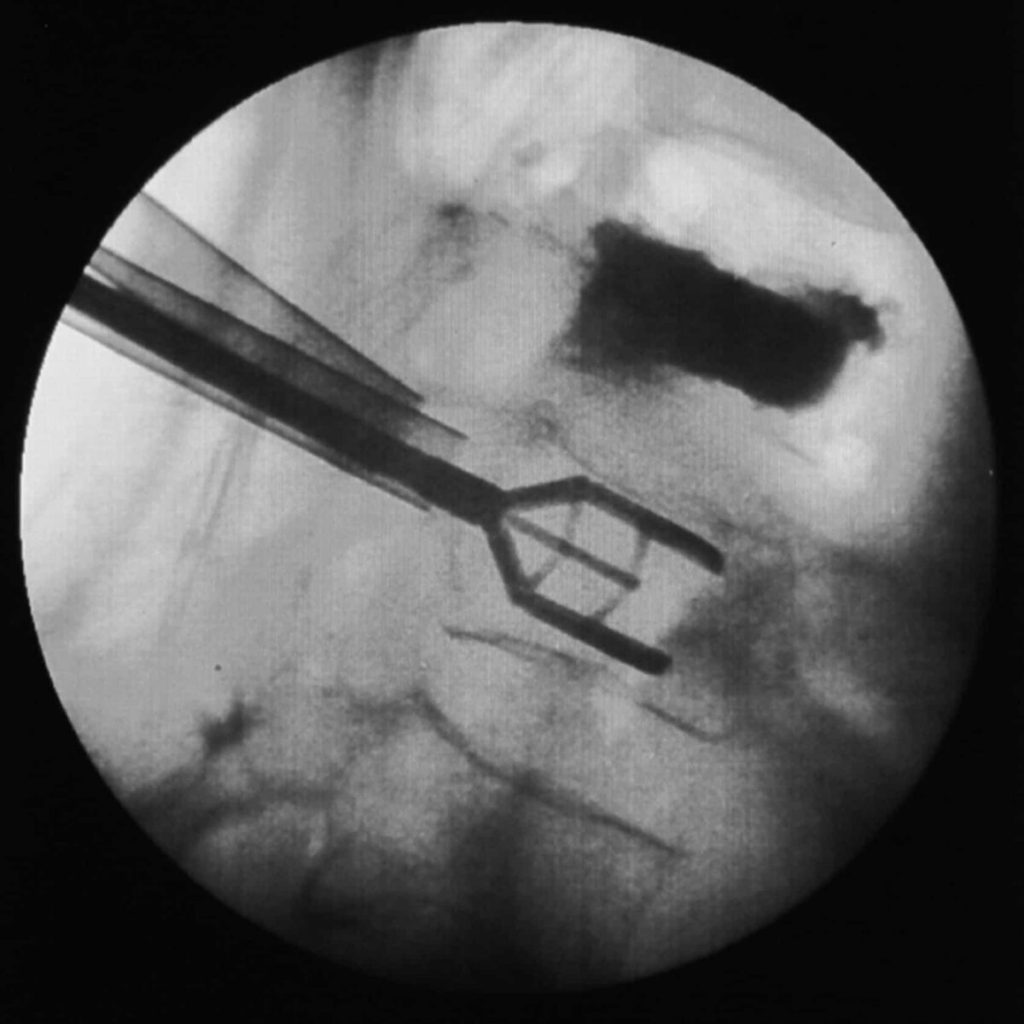
Kyphoplasty
Balloon Kyphoplasty is a minimally invasive procedure for the treatment of vertebral compression fractures, commonly called spinal fractures. This type of fracture is often caused by conditions that affect bone mass such as osteoporosis, cancer, or long-term use of oral corticosteroids. Spinal fractures cause the vertebral body to crack or collapse, altering the shape of the spinal column. Just one fracture can change the vertical alignment of the spine and can lead to additional fractures.
It has been estimated that over 700,000 spinal fractures occur annually in the U.S. alone. Significant pain and some degree of kyphosis is common, especially in patients suffering from multiple fractures.
Before minimally invasive surgery, the only treatment option for patients with spinal fractures was open surgery. Outcomes were poor, primarily because attaching hardware to bone that is already “soft” or compromised is difficult and not successful. Balloon Kyphoplasty is an innovative technique that can restore the vertebra to a near-normal shape, thereby maintaining spinal alignment. Before the procedure, the patient usually undergoes imaging studies to pinpoint the location of the fracture. Many patients report immediate relief from pain after the procedure due to the exothermic reaction of the bone cement hardening process.

Sacroiliac Joint Treatment
Same day outpatient surgery with less than a one-inch incision, patients are on their way home that same day. Rapid recovery with SACRIX SI Joint Fusion®Technology.
The Sacrix Sacrofuse system is uniquely innovated for the treatment of Degenerative Sacroiliitis and Sacroiliac Joint Disruption. Our sacrix technique is designed for lateral-oblique SIJ fusion with the aim for outpatient less exposure surgery treatment. The procedure is indicated for sacroiliac joint fusion for conditions Degenerative Sacroiliitis and Sacroiliac Joint Disruptions.
The SACRIX approach is a safe percutaneous lateral-oblique approach compared to the traditional lateral approach. This technique has demonstrated a faster recovery time with minimal blood loss during surgery and proven effective results.
SACRIX has 400X pull-out strength compared to the SI-Bone triangular wedge.
